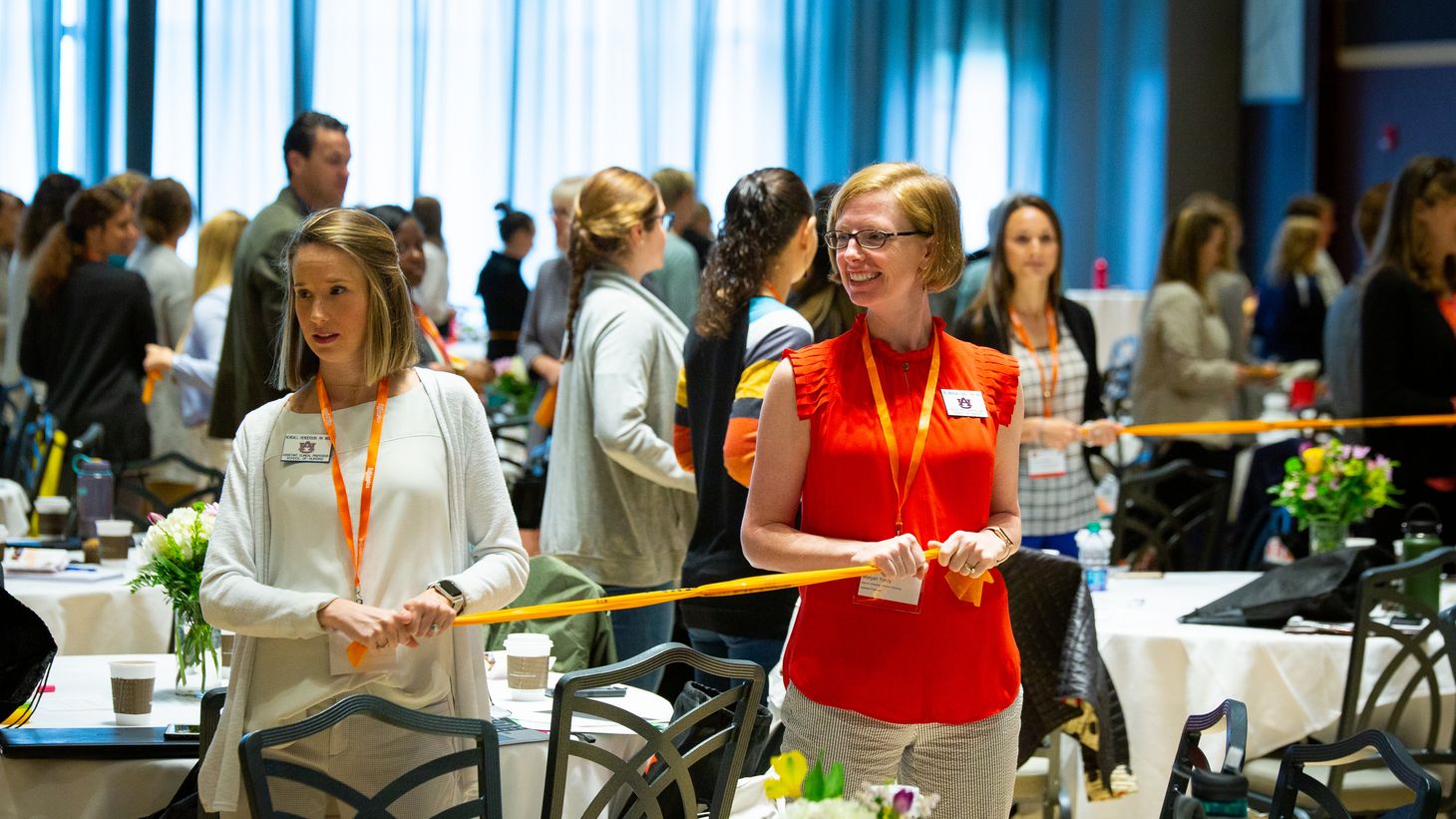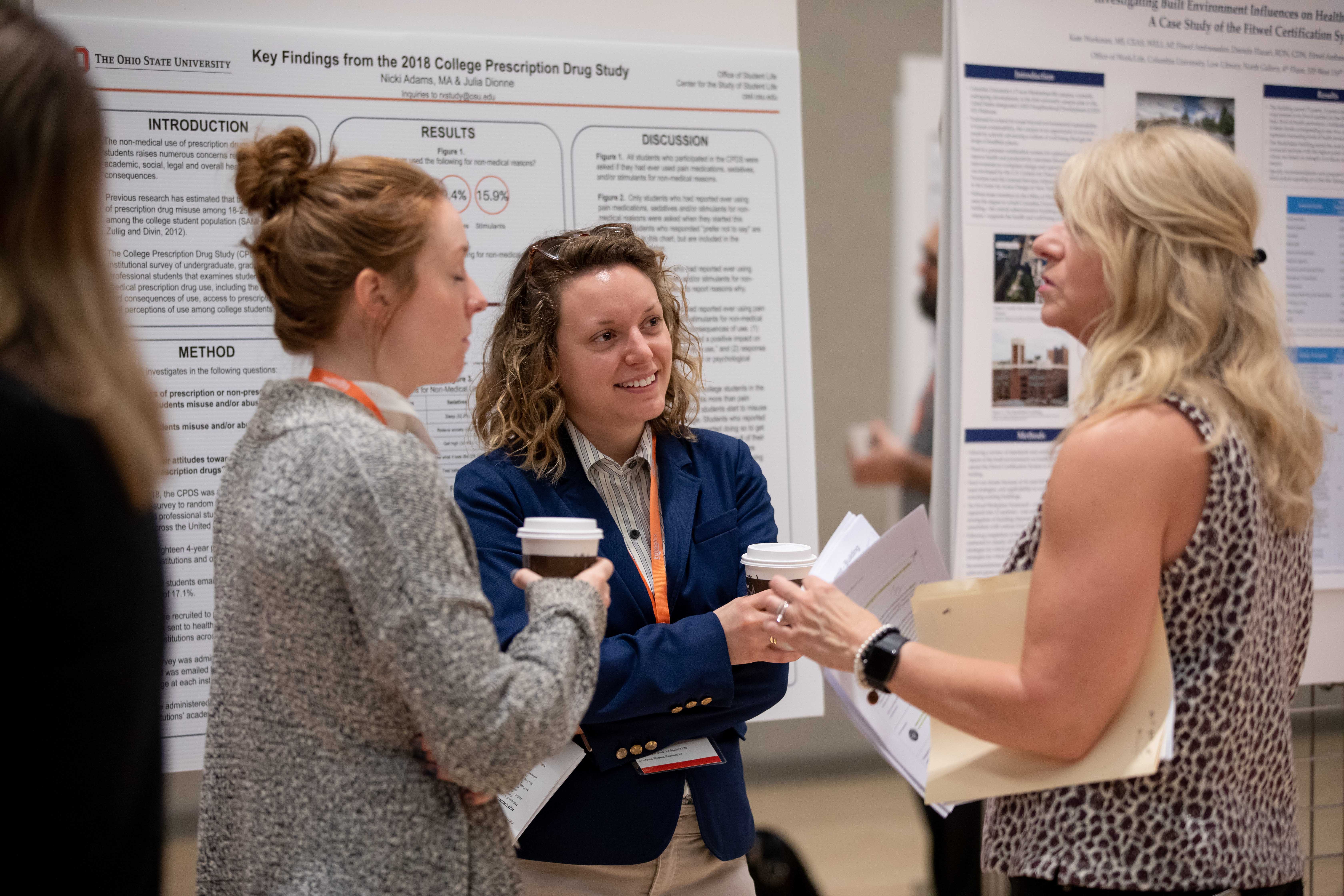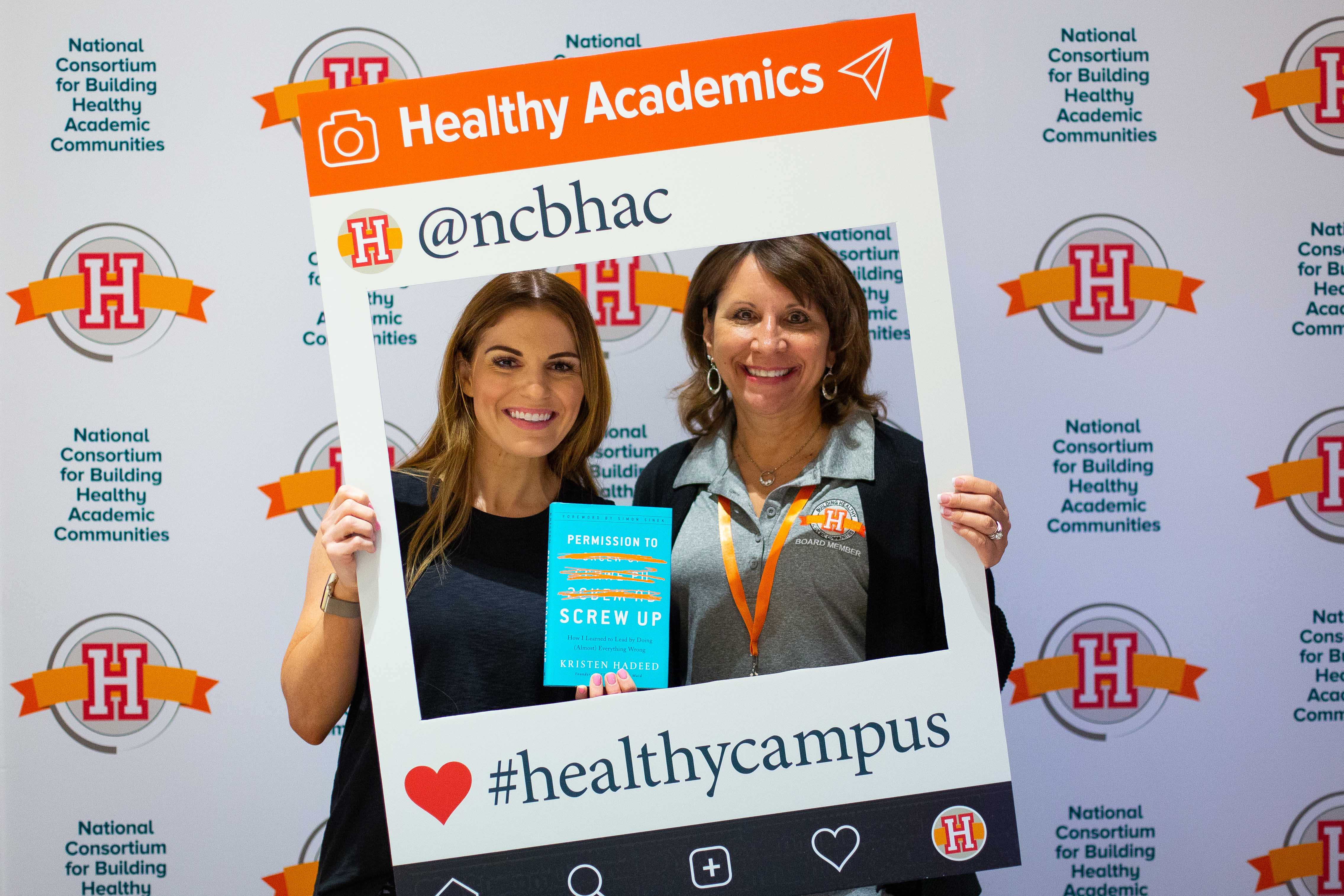
Fourth National Healthy Academics Summit
Spreads wealth of wellness to collegiate leaders
by David Gerad
What exactly is wellness? It can be defined as a combination of physical, intellectual, emotional, social, spiritual, vocational, creative, financial and environmental dimensions that together form a whole. Nowhere was this philosophy better on display than last April, when more than 220 academic health and wellness leaders from across the nation converged at The Ohio State University for the fourth National Consortium for Building Healthy Academic Communities National Summit.
Launched in 2013 by BHAC Founder and Current President Bernadette Melnyk, PhD, RN, APRN-CNP, FAANP, FNAP, FAAN, the National Consortium for Building Healthy Academic Communities (BHAC) is the only organization in the United States dedicated to health and wellness programs for faculty, staff, students and the communities they serve. Its biennial summits offer a forum where academic wellness professionals can share successes, strategies and innovations in health and wellness practices. This year’s summit, “Building Cultures of Well-being,” brought together individuals from 67 institutions sharing evidence-based strategies and resources for better well-being and setting national standards for academic wellness.



The two-day summit featured dynamic speakers and workshops covering topics as diverse as workplace health and productivity, authentic happiness, leadership skills and evidence-based health initiatives. Field experts, including Ron Goetzel, PhD, senior scientist and director of the Institute for Health and Productivity Studies at John Hopkins University and Petra Kolber, an international fitness professional, focused on the specifics needed to build cultures of wellness: benefits, behavior, theoretical frameworks, models, curriculums, benefits, tools and resources, resilience, and mental health programming.
Kolber engaged attendees by sharing her expertise on the “happiness approach” to building a culture of well-being. “Wellness is a word that is used often yet rarely executed on,” she said. “To be able to be the thought leaders and change agents that the college students need us to be, and to be able to show up with energy, focus and purpose requires us to take care of our own emotional, physical and mental health.”
“The National Consortium for Building Healthy Academic Communities exists to bring transformational change to higher education via best practices and standards in health and well-being,” said Melnyk. “Our fourth summit further cements the importance of collaboration among our members who serve to elevate academic wellness.” Melnyk presented research that backs up the value of a healthy campus.
The energy and enthusiasm was palpable among attendees, as they left with an abundance of tools and evidence-based implementation tactics. “I learned key evidence-based practice strategies from national leaders like Melnyk and Goetzel, while hearing cutting-edge best practices from colleagues. It was an exceptional conference, an exceptional experience,” said Thad Mantaro, MS, director of the Wellbeing Quality Enhancement Plan in the University of North Texas Health Science Center. Said Petra Kolber: “The BHAC summit was the perfect prescription to give you the tools and strategies you need to refill your own wellness tank so that you can be the guiding light for those around you.”
